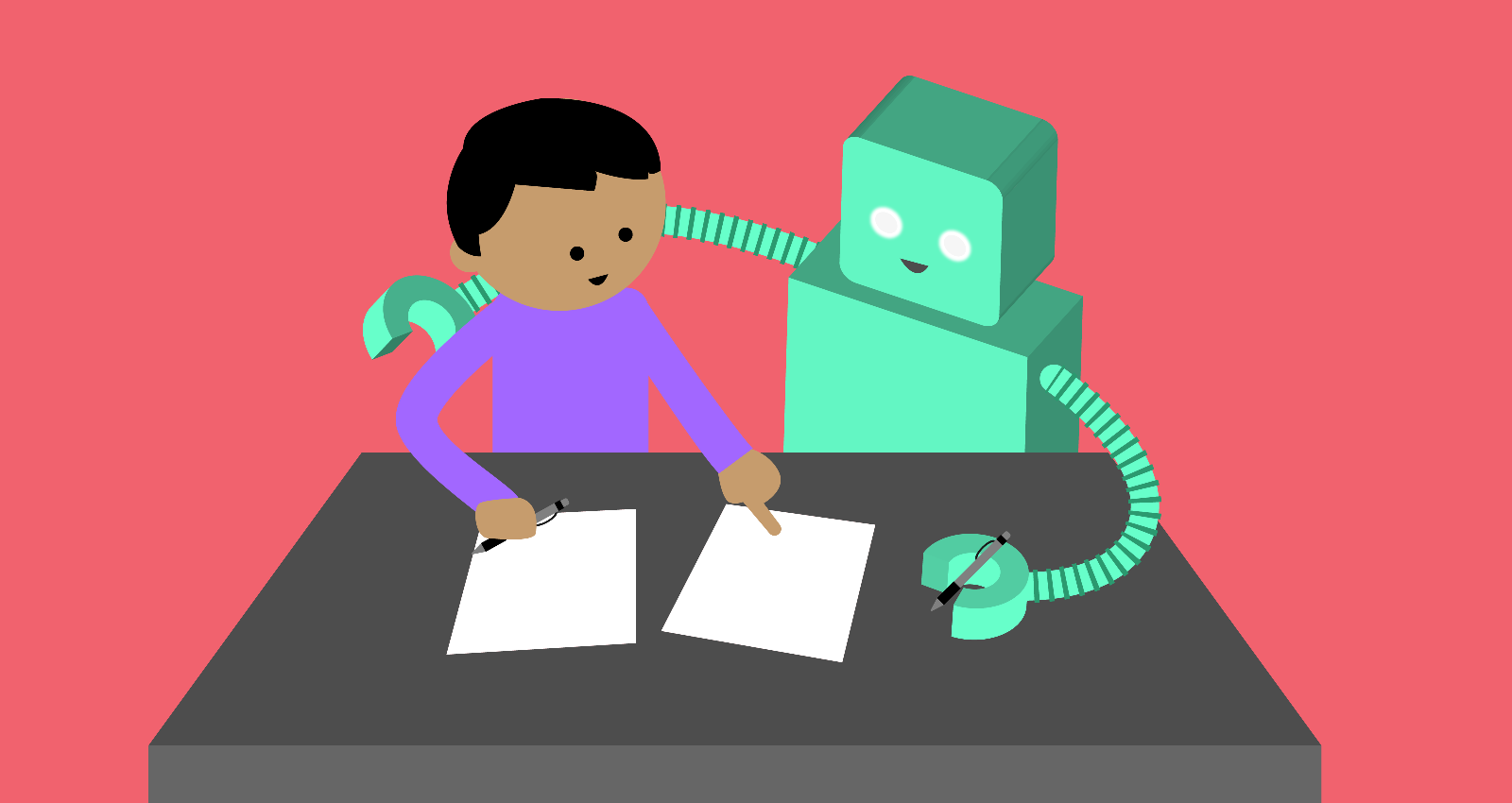
US Patent Office: AI is all well and good, but only humans can patent things
Reading Time: 3 minutesThe question of where AI sits in the legal personhood stack isn’t as simple as it may seem (i.e. ‘nowhere’) — but the U.S. Patent and Trademark Office today declared that, as with other intellectual property, only a person can receive its official protections.
The news arrived via ‘guidance,’ which is to say official policy but not ironclad rule, set to be entered into the federal register soon. The guidance document (PDF) specifies that for clear legal reasons, as well as the notion that, fundamentally, ‘patents function to incentivize and reward human ingenuity,’ only ‘natural humans’ can be awarded patents.
It is not necessarily obvious when you think of how, for example, corporations are considered people for some legal purposes, but not others. Not being citizens, they cannot vote, but being legal persons, their speech is protected by the first amendment.
There was a legal question as to whether, when a patent is evaluated for awarding to an ‘individual,’ whether that individual must be a human, or whether an AI model can be an individual. Precedent made it clear (the guidance summarizes) that individual means human unless specifically stated otherwise. But it was still an open question whether or how to cite or award an AI-assisted invention application.
For instance, if a person designed an AI model, and that AI model independently designed the shape and mechanism of a patentable device, is that AI a ‘joint inventor’ or ‘coinventor’? Or, perhaps, does the lack of a human inventor in this case preclude that device from being patented at all?
The USPTO guidance makes it clear that while AI-assisted inventions are not ‘categorically unpatentable,’ AI systems themselves are not individuals and therefore cannot be inventors, legally speaking. Therefore, it follows that at least one human must be named as the inventor of any given claim. (There are actually some interesting parallels to the infamous ‘monkey selfie’ case — where the monkey obviously taking the photo can’t be awarded copyright, because copyrights must be owned by legal persons, and monkeys, though they are many things, are not that.)
They must, however, show that they ‘significantly contributed’ to the invention, and this is not necessarily straightforward. The document’s navigation of how this is defined actually makes for quite interesting reading:
In other words, there’s a sort of reasonability standard at play here that anyone applying for a patent would already be aware of, but which in the context of AI doesn’t have a lot of precedent to refer to. It’s for this reason that the guidance exists; no one needs to worry now whether, because someone ‘maintains intellectual domination’ over an AI, all its output counts as inventions of their own.
The USPTO is careful to state that it is not in any way attempting to define or limit what AI does or is, or how people should use it. It’s simply an application of existing statute and precedent to a new technology. If tomorrow Congress passed a law saying AI counts as a human for IP purposes, the USPTO would hit ‘undo’ on this whole thing and figure out new guidance for awarding AIs patents. But until then, AI is still just a piece of software and humans are the ones whose work is intended to be rewarded and protected.
You can read the full guidance document here.
Ref: techcrunch
MediaDownloader.net -> Free Online Video Downloader, Download Any Video From YouTube, VK, Vimeo, Twitter, Twitch, Tumblr, Tiktok, Telegram, TED, Streamable, Soundcloud, Snapchat, Share, Rumble, Reddit, PuhuTV, Pinterest, Periscope, Ok.ru, MxTakatak, Mixcloud, Mashable, LinkedIn, Likee, Kwai, Izlesene, Instagram, Imgur, IMDB, Ifunny, Gaana, Flickr, Febspot, Facebook, ESPN, Douyin, Dailymotion, Buzzfeed, BluTV, Blogger, Bitchute, Bilibili, Bandcamp, Akıllı, 9GAG